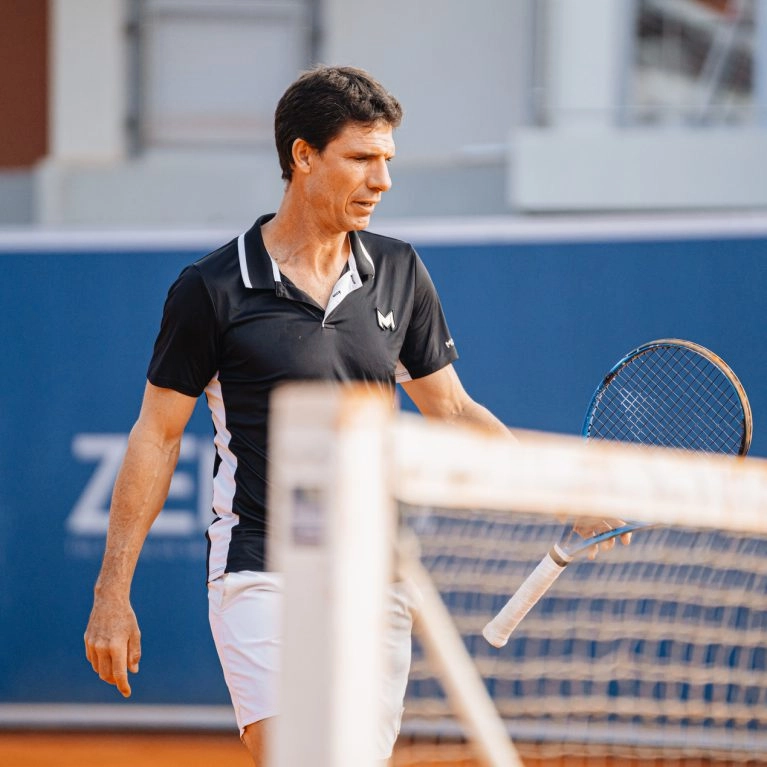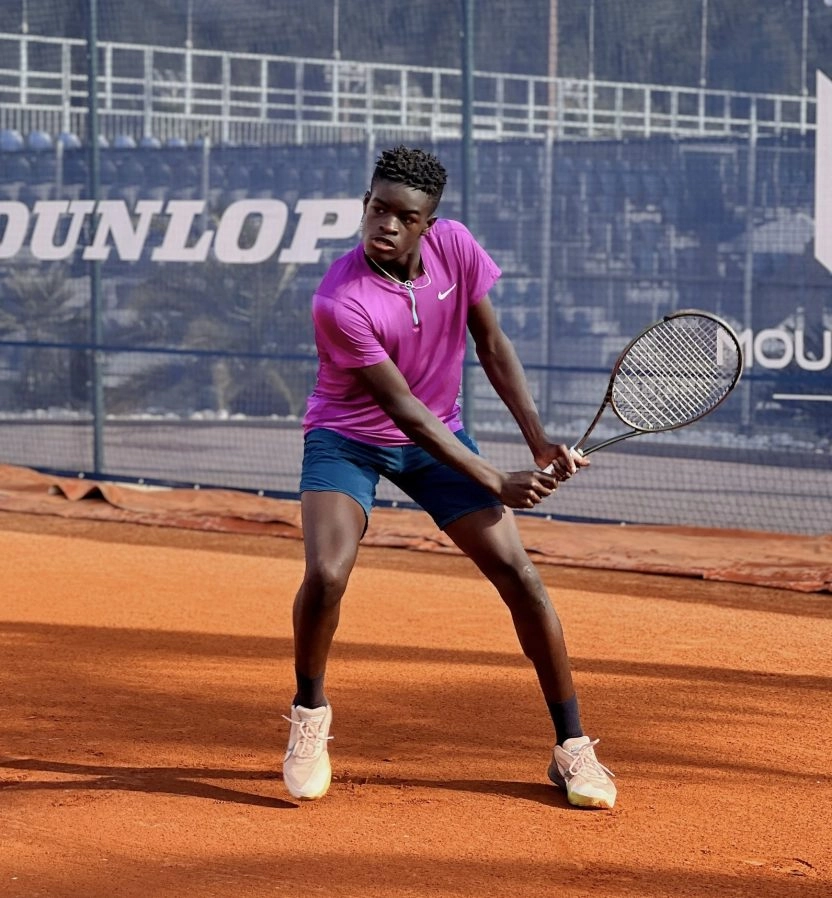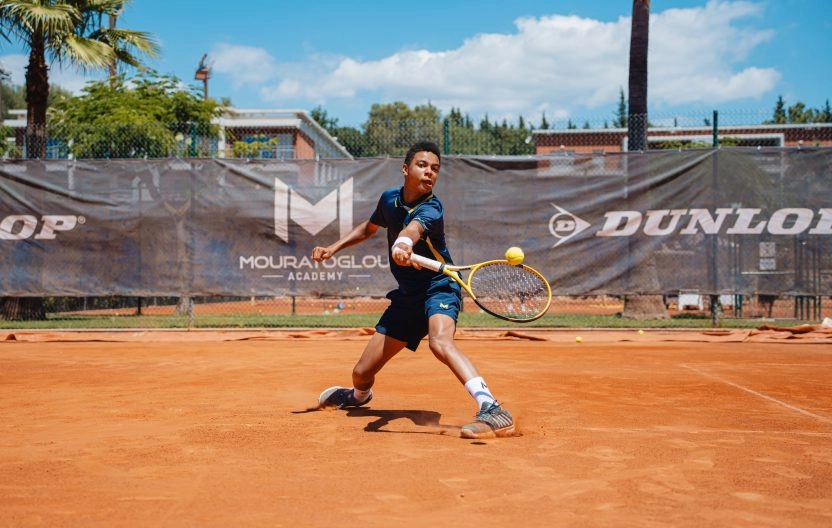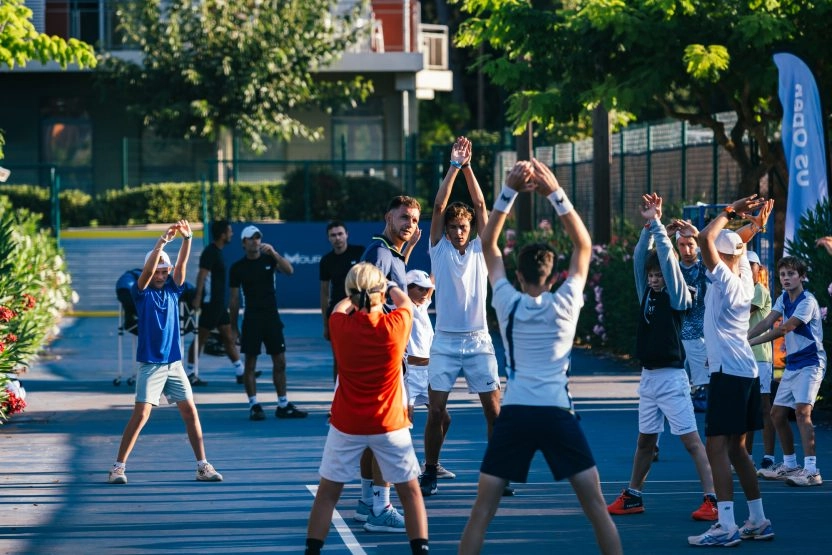Flexible frame
As mentioned above, a softer frame (with a stiffness of less than 65 RA) can help to reduce vibrations on ball impact. This shock absorption is crucial to avoid putting too much strain on the areas used by tennis players.

Tennis elbow, or lateral epicondylitis, is a common injury among tennis players. This pain, located in the elbow, is often caused by repetitive movements and poorly executed shots, but did you know that a racket can also be responsible? The choice of racket and string can have a significant impact on your comfort and on the prevention of injuries such as tennis elbow. These aspects, combining technique and health, are often addressed in the methodology taught at the Mouratoglou Academy, where the importance of equipment on performance and injury prevention is emphasised. This article explores the factors to take into account when buying your equipment and tips on how to avoid or alleviate this pain.

Yes, an ill-fitting tennis racket can contribute to the onset or aggravation of tennis elbow. The rigidity of the frame, the weight of the racket and even the type of string used can have a direct impact on the arm and elbow. Here are a few factors to consider:
In short, a racket that is unsuitable in terms of rigidity, weight or balance can lead to tennis elbow. It is therefore essential to choose your equipment carefully to avoid this type of problem. As part of the Mouratoglou Academy tennis courses, players learn to choose their racket and strings according to their morphology and playing style, thereby reducing the risk of injuries such as tennis elbow.

The answer is: it depends. A lighter racket can help some players avoid muscle fatigue and manoeuvre the racket better, reducing the pressure on the elbow. However, if the racket is too light, it may not absorb vibrations sufficiently at ball impact, forcing the player to exert more effort to generate power, which can also lead to or aggravate injury.
The best compromise is to choose a racket with a moderate weight , between 280 and 300 grams, which offers a good mix of power and stability, without overloading the arm. A lightweight racket combined with a soft, comfortable string can offer good playing comfort for players suffering from tennis elbow. Opting for a racket with a slightly heavier handle can also improve shock absorption and reduce vibration.
For a player suffering from tennis elbow, certain specific racket features can help to minimise pain and prevent symptoms from worsening. Here are the main features to look for when choosing a good tennis elbow racket:
The choice of string is just as important as the choice of racket for preventing and alleviating tennis elbow or tendonitis. Some strings generate more vibration than others, which can aggravate elbow pain. Here are a few tips on choosing the right string for tendonitis:

As well as choosing the right racket and a flexible string, here are a few other tips for preventing and relieving tennis elbow:
Where would you like to go?
France
Mouratoglou Academy, Biot, French Riviera, France

NORTH AMERICA
LATIN AMERICA
EUROPE
ASIA
MIDDLE-EAST & AFRICA
Who would you like to contact?
FRANCE
Mouratoglou Academy, Biot, French Riviera, FRANCE

NORTH AMERICA
LATIN AMERICA
EUROPE
ASIA
MIDDLE EAST & AFRICA